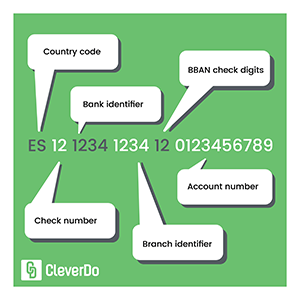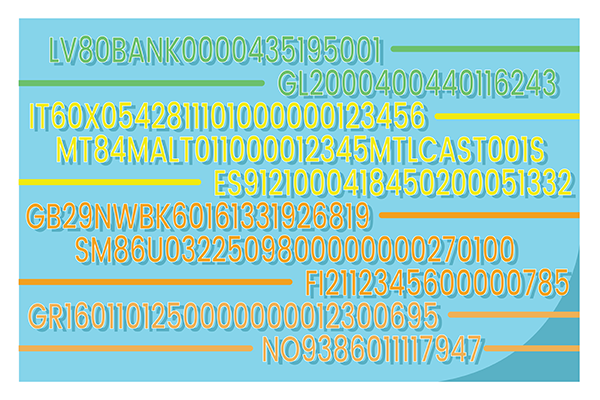What are IBANs?
International Bank Account Numbers or IBANs are codes used to make safe, secure money transfers both nationally and internationally. They are made up of a sequence of letters and numbers representing both the issuing bank and the account holder. The IBAN provides a very secure transaction process as the details contained within it are verified prior to funds being released. An IBAN will generally look like this:
ES12 1234 1234 12 0123456789
What do the letters and numbers mean?
The IBAN is made up of up to 34 characters, both letters and numbers. These include:
-2 letters represent the home country of the issuing bank.
-A 2-digit control number relating to the specific bank.
-The bank’s unique identifier code.
-Their branch reference number
-The account holder’s personal account number.
Although IBANs can vary from region to region the most common format would be something like this:
How an IBAN number works
When an account holder makes an international money transfer the IBAN numbers of both the sender and the recipient are analysed by the bank’s payment system. The characters of the IBAN are checked against a database and if everything is correct then the payment will be released to the recipient’s bank account.
A brief history of the IBAN

The IBAN is a very recent development in international banking.
The first proposal for the IBAN system was put forward by the ISO (International Organization for Standardization) in 1997 and was meant for the Eurozone only. This version was withdrawn and revised due to the system being considered unworkable by many. A further proposal was put forward in 2003 before the final version was accepted in 2007. The approved version was then split into 2 parts, SWIFT and IBAN and are now available in over 70 countries.


Recent Comments